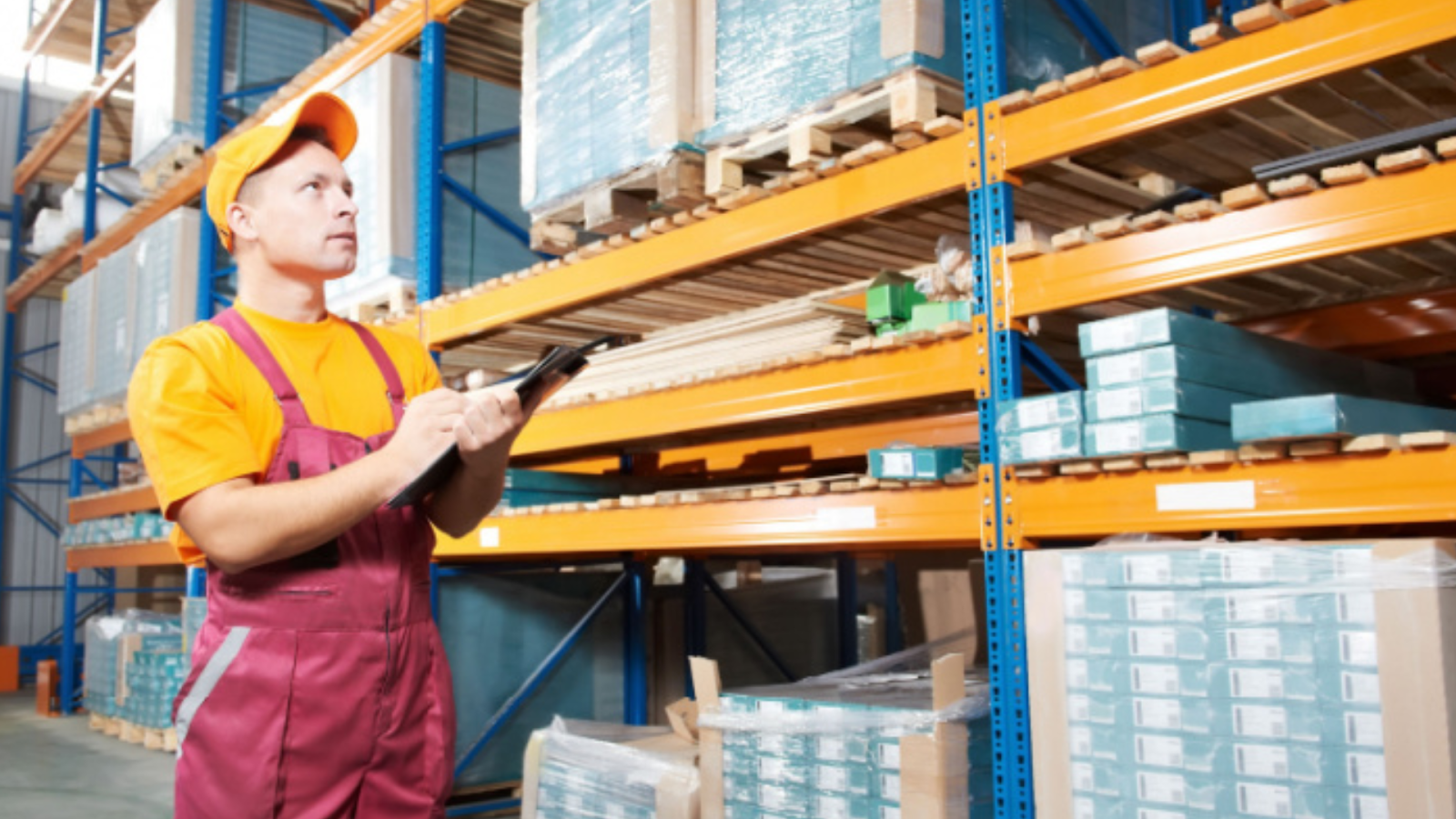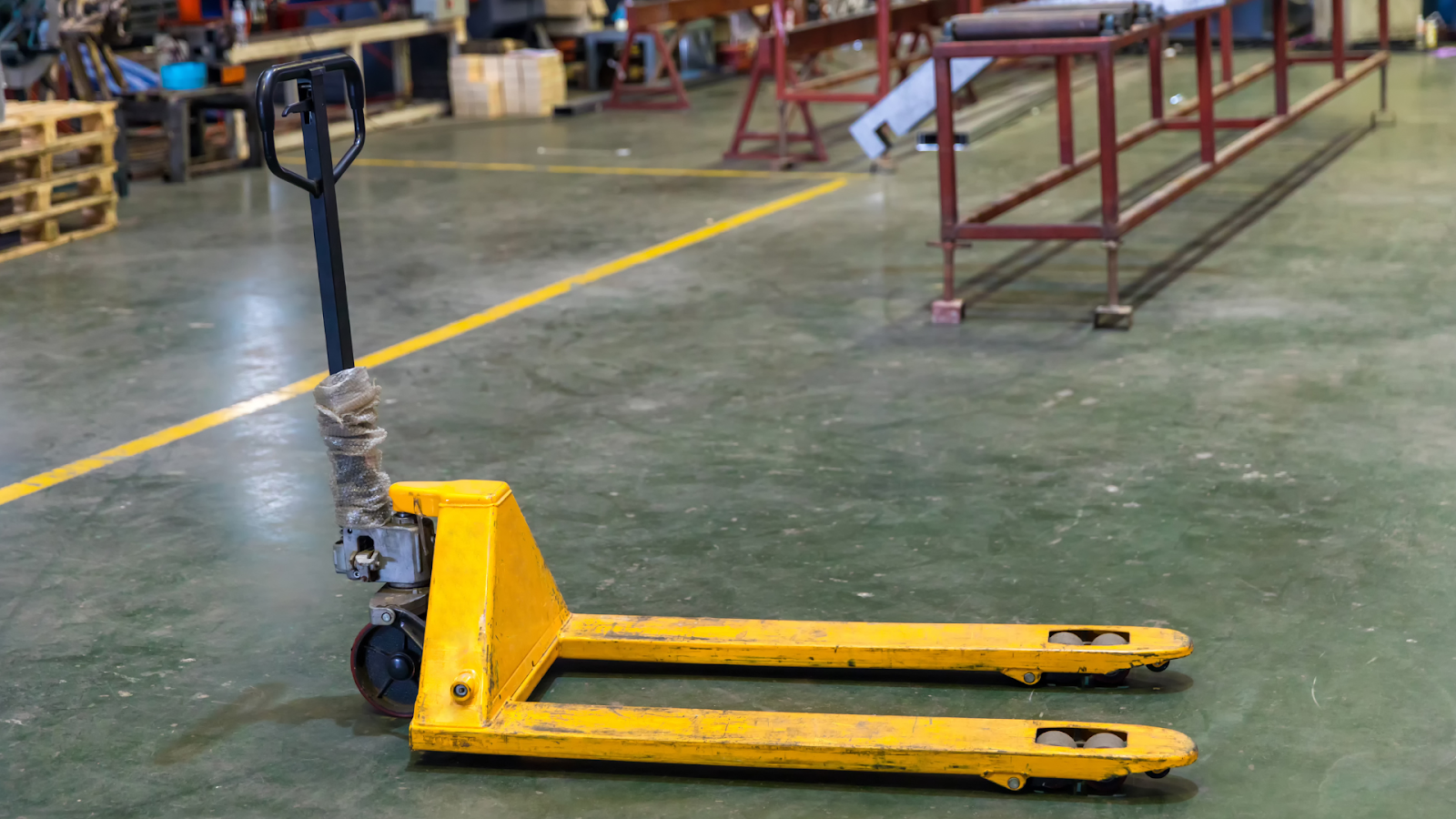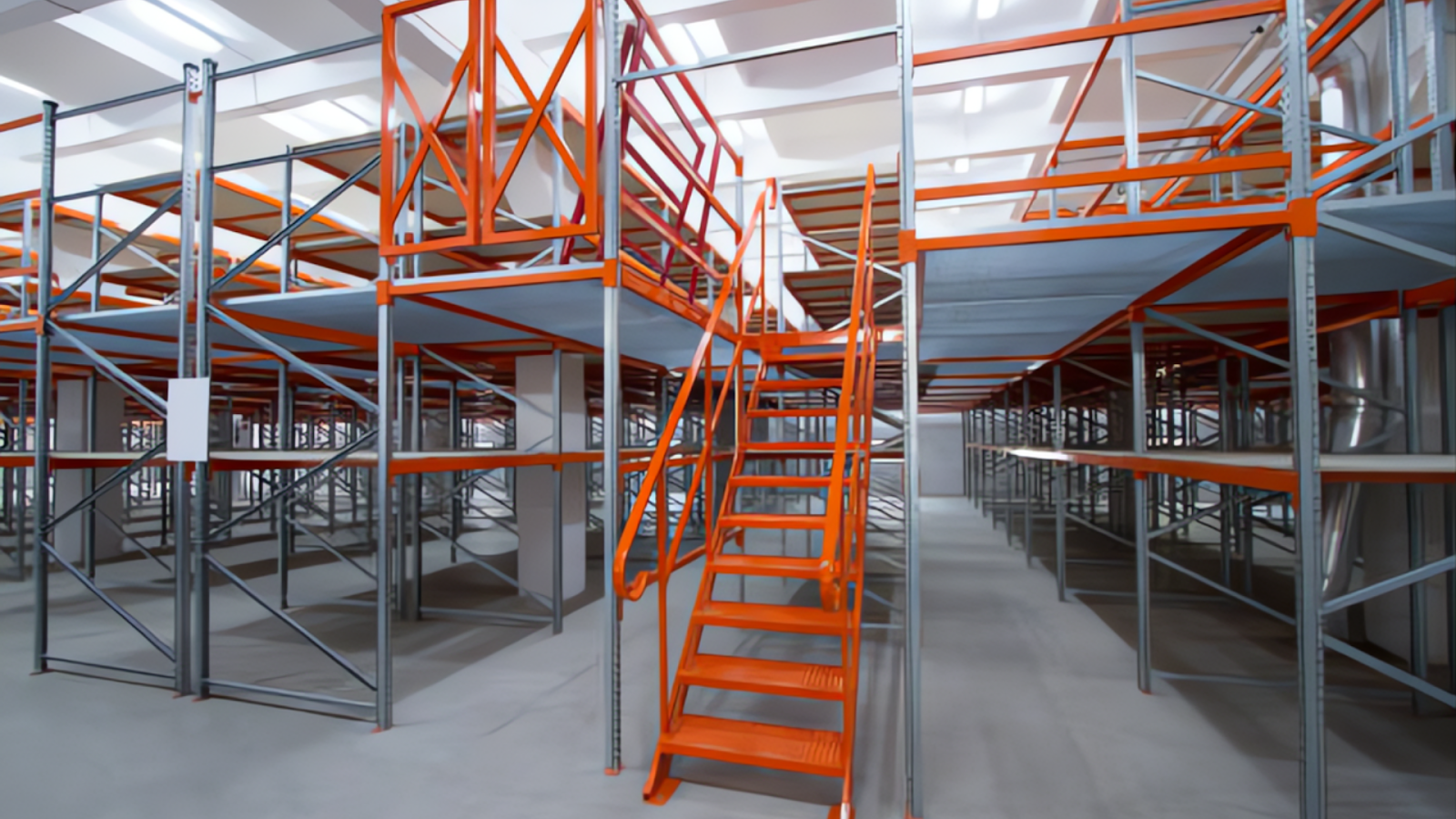Cantilever racks provide essential storage solutions for industries like warehousing, manufacturing, logistics, retail, government, utilities, and construction. These racks are ideal for storing long, bulky, or irregularly shaped materials such as pipes, beams, and lumber.
With the cantilever racking system market expected to reach USD 2.5 billion by 2033, the demand for these efficient storage solutions continues to grow. However, to ensure safety, compliance, and operational efficiency, regular cantilever rack inspection is critical to prevent accidents and meet safety standards.
In this article, we will explore the technical details, inspection guidelines, and best practices for maintaining safe and compliant cantilever racks in your facility.
Cantilever racks are designed for storing long and bulky materials like pipes, beams, and timber, using horizontal arms mounted on vertical columns. These racks are ideal for industries such as warehousing, construction, and manufacturing, offering flexible storage options.
Single-sided racks are best for one-sided loading, while double-sided racks maximize space with access from both sides. Highly customizable, cantilever racks improve space utilization but require regular inspection and maintenance to ensure safety and efficiency.
Partner with Source Equipment for reliable, high-quality storage solutions, and increase the longevity and safety of your storage with Wire Deck for Pallet Rack. Built with pre-galvanized steel, this tool-free installation solution provides sturdy support for your cantilever racks, ensuring they meet inspection standards.
Explore our product catalog to find the perfect fit for your needs.
Now that we've covered what cantilevered racks are, let's explore why regular inspections are essential for maintaining their safety and performance.

Regular inspections of cantilever racks are crucial to maintain their structural integrity and safety. Over time, wear and tear can lead to risks like collapse or accidents. Inspections ensure racks remain safe, efficient, and compliant with industry standards, minimizing downtime and reducing injury risks. This is essential for industries like warehousing, logistics, and manufacturing. Here are some benefits of regular rack inspection:
To perform effective inspections, it is crucial to understand the compliance standards and safety regulations governing cantilever racks.
In industries such as warehousing, manufacturing, logistics, and construction, ensuring that racking systems meet established standards minimizes risks related to overloading, structural failure, and non-compliance. Below are the key compliance guidelines that facilities managers, safety officers, and operations managers should consider when inspecting cantilever racks.
The Rack Manufacturers Institute (RMI) provides guidelines that cover the design, installation, and maintenance of racking systems, ensuring that cantilever racks can safely handle their designated loads. These standards are vital for preventing failure due to improper installation or structural weaknesses.
OSHA regulations mandate that all racking systems, including cantilever racks, must be free from defects and capable of withstanding the required loads. They require inspections to ensure racks do not pose a safety risk, and non-compliance can result in fines or even forced shutdowns.
With these safety standards in mind, let's explore the technical specifications that guide the design and installation of cantilever racks.

Technical specifications dictate how cantilever racks are designed and used in different industrial settings, including warehousing, logistics, and manufacturing. Below are key technical details to consider when inspecting cantilever racks:
Cantilever racks are primarily constructed from high-grade steel due to its strength, durability, and cost-effectiveness. The material specifications typically include:
The length of the cantilever arms is directly related to the weight they can safely carry. Cantilever arms come in various lengths, from 36 inches to 96 inches, and their load-bearing capacity is proportional to both the arm length and the steel thickness. The technical specifications for load capacity are generally categorized as follows:
Facilities managers and procurement managers need to match the arm length to the weight of materials being stored to ensure safe load distribution.
The columns of a cantilever rack are crucial for stability and strength. Columns must be designed to support the load from the arms and materials stored. The following details are important:
A cantilever rack's base must be securely anchored to the floor to ensure stability. The anchoring system is a key component in the overall structural integrity of the system:
Cantilever racks are often used for storing long items at varying heights. The vertical spacing between arms plays a critical role in determining the types of items that can be stored. Typical arm spacing ranges from 48" to 72", depending on the length of the materials stored. The overall height of a cantilever rack can vary from 10 feet to 30 feet, depending on the storage needs.
The coating on cantilever racks protects them from rust and wear. There are two common types of finishes:
For those looking to optimize their racking systems, Invincible Racks offers superior strength and reliability with uprights up to 46 feet, and the Bowlock safety clip ensures a secure fit. Source Equipment partners with top brands to deliver these robust solutions, perfect for improving safety during cantilever racks inspection.
Get in touch for a consultation to discuss how we can upgrade your racks.
Once you understand the technical specifications, it's time to establish a routine inspection process to keep your cantilever racks in top shape.

Conducting routine inspections is critical for maintaining the safety and effectiveness of cantilever racks. A structured inspection process helps identify issues early, reducing downtime and preventing accidents. Below is a comprehensive cantilever racks inspection checklist:
A thorough visual inspection helps identify early signs of damage, such as rust, cracks, or instability, that could compromise the safety of cantilever racks.
Inspecting the arms of cantilever racks ensures that they remain straight, properly aligned, and capable of safely handling the designated load capacity.
Checking the alignment and condition of columns and bases ensures the rack remains stable and properly anchored, preventing any risk of tipping or collapse.
Examining bolts, fasteners, and safety pins ensures that all structural connections are secure, minimizing the risk of accidents or rack failure.
Installing safety barriers and guardrails, especially for higher racks, is critical for preventing accidents and ensuring safe material handling in your warehouse.
However, despite thorough inspections, some common issues may still arise, so let’s review the most frequent inspection problems and their solutions.

During routine inspections, various issues may arise that can compromise the safety and effectiveness of cantilever racks. Below are some common problems found during cantilever rack inspection and their solutions.
Overloading or improper handling can cause arms to bend, which reduces their load-bearing capacity.
Solution: Replace bent arms immediately to restore the structural integrity of the rack. Ensure that operators adhere to load limits and utilize the racks within their rated capacity.
Moisture or exposure to chemicals can cause rust, weakening the rack’s structure and reducing safety.
Solution: Sandblast and treat rusted areas with anti-corrosive coatings to prevent further deterioration. If the damage is severe, replace affected sections of the rack.
Misalignment of vertical columns can lead to uneven load distribution, which may result in the collapse of the rack under heavy load.
Solution: Re-align columns to ensure they are plumb and stable. Proper anchoring to the floor and periodic alignment checks can prevent this issue.
Exceeding the weight limit of a cantilever rack can cause serious damage to both the rack and the stored materials.
Solution: Regularly monitor load weights and ensure racks are used within their rated load capacity. Educate employees about the importance of proper load distribution.
To minimize such issues, implementing best practices for the safe use of cantilever racks is essential.
To maximize safety and efficiency, certain best practices should be followed when using cantilever racks. These practices are vital for ensuring the racks operate optimally and meet safety standards in industries such as warehousing, manufacturing, and logistics.
Ensure that all cantilever racks are used within the recommended weight limits as specified by the manufacturer. Overloading can cause structural failure and compromise safety.
Train employees on the proper use of cantilever racks, including safe loading and unloading techniques. Training should also cover the importance of regular cantilever racks inspection to detect and resolve issues promptly.
Establish a routine inspection schedule, ensuring that all components of the cantilever racks are checked regularly for safety and compliance. This helps to prevent potential issues before they escalate into major problems.
Install safety barriers and guardrails, particularly in high-storage areas, to prevent materials from falling. This is especially important in environments where workers are operating below or around the racks.
Store materials according to their size, shape, and weight. Utilize appropriate accessories like load stops and shelf dividers to keep items secure and prevent them from shifting.
Keep the area around the racks clear of debris, moisture, and chemicals that could cause damage to the structure or create hazards. Cleanliness contributes to both safety and operational efficiency.
As you implement these best practices, consider securing your warehouse with high-quality storage solutions from trusted partners like Source Equipment.
Ensuring the safety and efficiency of your cantilever racks is crucial for any warehouse or manufacturing operation. Source Equipment, a U.S.-based distributor, specializes in providing high-quality material handling and warehouse storage solutions.
To support your rack inspection process, Source Equipment supplies a range of products designed to enhance safety and efficiency in your warehouse:
With these pallet rack solutions, you can ensure your storage system meets safety standards and maximize warehouse efficiency. Explore our product catalog for top-quality racking systems that can support your business’s operational needs.
Regular rack inspections help to identify potential issues such as rust, structural misalignment, and overloading before they become serious problems. By adhering to technical specifications, complying with safety regulations, and implementing best practices, facilities managers and safety officers in warehousing, manufacturing, logistics, and other industries can optimize their storage systems for maximum safety and operational effectiveness.
Keep your cantilever racks safe and compliant with Source Equipment’s high-quality solutions. With products like the Pallet Stop Beam, you get full bay width protection and easy installation using 100% U.S.-sourced steel. This ensures the security of your warehouse while adhering to inspection guidelines.
Reach out to Source Equipment today and start enhancing your storage system's safety.
Cantilever racks should be inspected at least once every six months to ensure they remain in good condition. However, high-traffic areas or racks used for heavy loads may require more frequent checks, such as every 3 months. Inspections should be conducted by trained personnel familiar with safety regulations and load capacity limits.
The most common issues during inspections include rust or corrosion, bent arms, and misaligned columns. These issues can compromise the stability and load-bearing capacity of the rack. Early detection of such problems is crucial to prevent accidents or structural failure.
Yes, cantilever racks can be repaired if they are damaged. Bent arms or misaligned columns can often be replaced or realigned. However, suppose the damage is severe or compromises the overall integrity of the system. In that case, it may be necessary to replace parts of the rack or even the entire system to ensure safety.
Overloading is a major cause of rack damage. Look for signs like bent arms or unstable load positioning. The load capacity of each arm is typically labeled on the rack, and exceeding this limit can cause structural failure. Regular inspections help ensure that the racks are not carrying more weight than they are designed for.
Cantilever racks must meet ANSI/RMI standards, which outline the design, installation, and maintenance requirements for safe operation. Additionally, they must comply with OSHA regulations to prevent workplace accidents. These standards ensure that the racks can safely hold the materials they are designed for, without risk of collapse or damage.




Ready to Upgrade Your Process Operations?